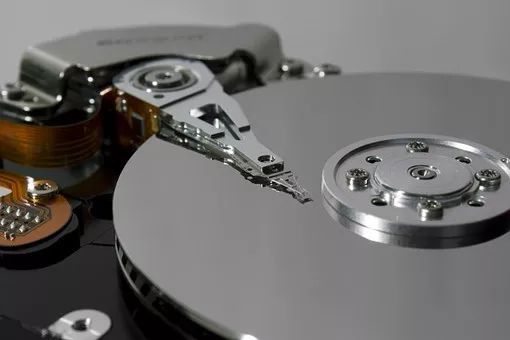
Privacy statement: Your privacy is very important to Us. Our company promises not to disclose your personal information to any external company with out your explicit permission.
Since tape storage is still providing use cases such as offline protection for ransomware, what are some of the key improvements in storage media technology?
About ten years ago, tape storage for backups became unpopular. Disk-based backups have become all the rage because they can provide continuous data protection and ultimately enable instant recovery of virtual machines.

Even so, magnetic tape has never completely disappeared. In recent years, people have developed new interest in this storage medium. This is mainly because tape storage can store data offline to prevent ransomware attacks. Even so, incorporating tape into a company's data protection strategy does not necessarily mean returning to using outdated technology. Even in today's world, tape is constantly evolving and is still a viable option. This is the three major improvements in recent years.
(1) The most obvious advancement in tape storage technology is the increase in capacity. The LTO-8 (Linear Tape-Open) tape was launched at the end of 2017, and the original data capacity of each tape is 12TB. There are already specifications for LTO-9 to LTO-12, which will further increase the uncompressed capacity, up to 192TB.
(2) For organizations that need to ensure the security and integrity of data backup, tape is also a good choice. As mentioned earlier, tapes can be stored offline to prevent ransomware from attacking backups. However, there are other security advantages. Since the release of the LTO-4 standard, tape encryption has been supported. Perhaps more importantly, LTO-3 enables people to think of tape as a write-once, read-many medium. In general, organizations can use these features to ensure that the tape will not be overwritten and that its contents cannot be read by unauthorized persons.
(3) Another advancement in tape storage is the use of partitions, which was first introduced in the LTO-5 standard. The idea is that the tape can be divided into two partitions: one is used to store the index of the tape, and the other is used to store the actual data. This allows the backup application to go directly to the location on the tape containing the required data instead of searching the entire tape as in the past. This method greatly improves performance.
Since then, tape has begun to support other partitions. LTO-6 and higher versions support up to four partitions. This makes tape behave like disks. Managers can effortlessly drag and drop data from the file system to tape, just like copying data to disk.
E-mel kepada pembekal ini
March 11, 2024
March 11, 2024

Ms. Yoki
Tel:
86-0574-13567802005
Fax:
86-0574-63558005
E-mail:
Tapak Mudah Alih


Privacy statement: Your privacy is very important to Us. Our company promises not to disclose your personal information to any external company with out your explicit permission.

Fill in more information so that we can get in touch with you faster
Privacy statement: Your privacy is very important to Us. Our company promises not to disclose your personal information to any external company with out your explicit permission.